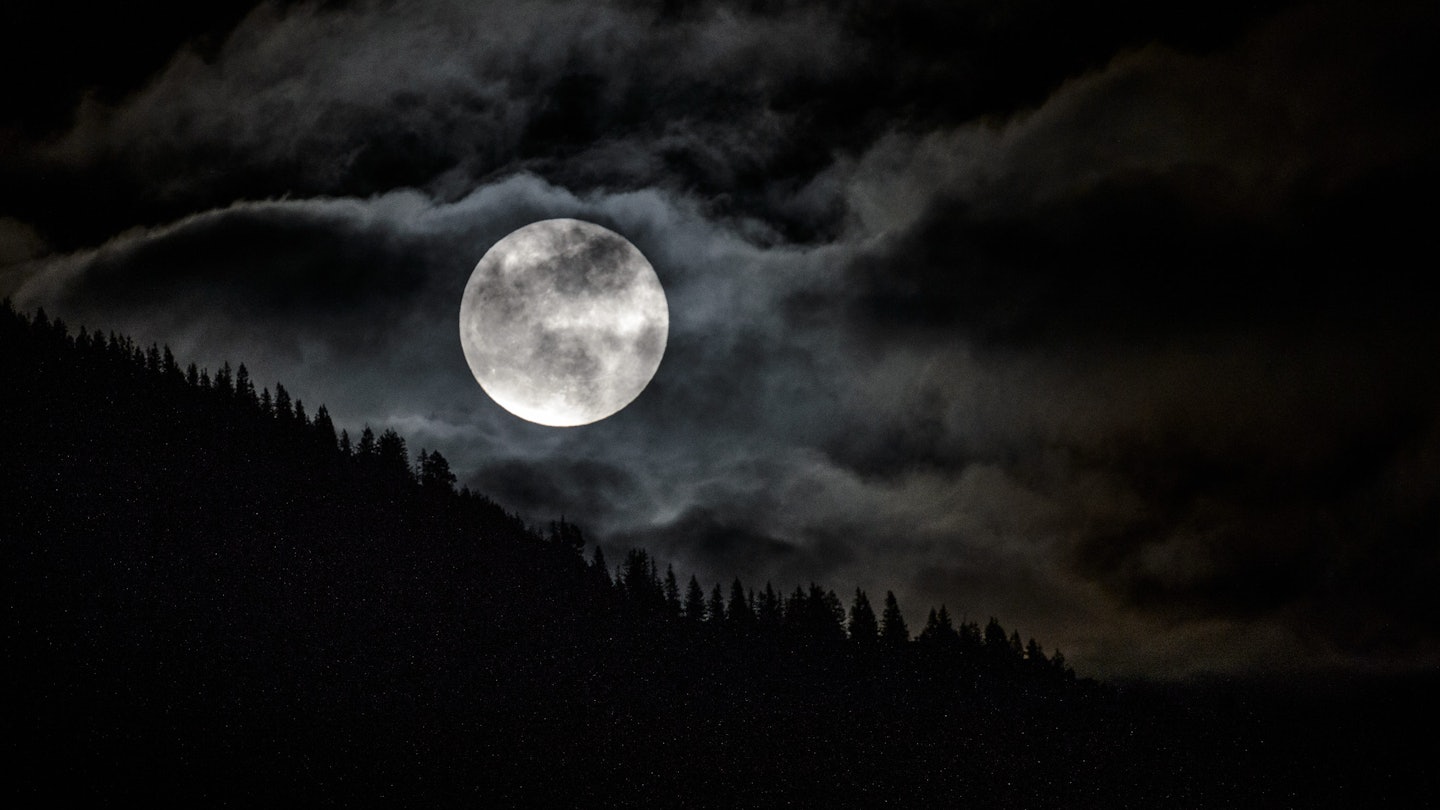This week's 'super snow moon' will be the biggest and brightest of 2019

Feb 19, 2019 • 1 min read

The biggest and brightest full moon of the year was on display Tuesday night for sky-watchers around the world.

That evening (19 February) will see the sky lit up with a “super snow moon” – a name that comes from the fact that a full moon in February is often referred to as a snow moon, while it also happens to be a super moon. That is when the moon appears about 10% larger than usual, as it orbits closer to Earth.
When this month’s full moon hits its peak, it is expected to be the brightest and largest of the year, according to NASA. The moon will appear biggest when near the horizon as it rises and sets – something that is captured in incredible photos during each supermoon. However, that is just an illusion caused by the moon being near other objects, like buildings, that we can compare it too.
https://twitter.com/NASA_Marshall/status/1096880693777436675
This will be the second supermoon of the year. Back on 21 January, sky watchers were given the ultimate show of a “super blood wolf moon eclipse” – a rare combination of a full moon, wolf moon, supermoon and a total lunar eclipse. That night the sky lit up with an exceptional eclipse, turning the moon a startling red colour, which was visible in North and South America.
But if there are clouds where you’re stargazing tonight don’t worry, this won’t be the last supermoon of the year. The next and final of the year will happen in March.
If you’re interested in stargazing in general, you’re not alone – Lonely Planet picked dark skies and star-gazing as one of its top travel trends for 2019. Learn all about the best destinations in the world for viewing the night’s sky.




